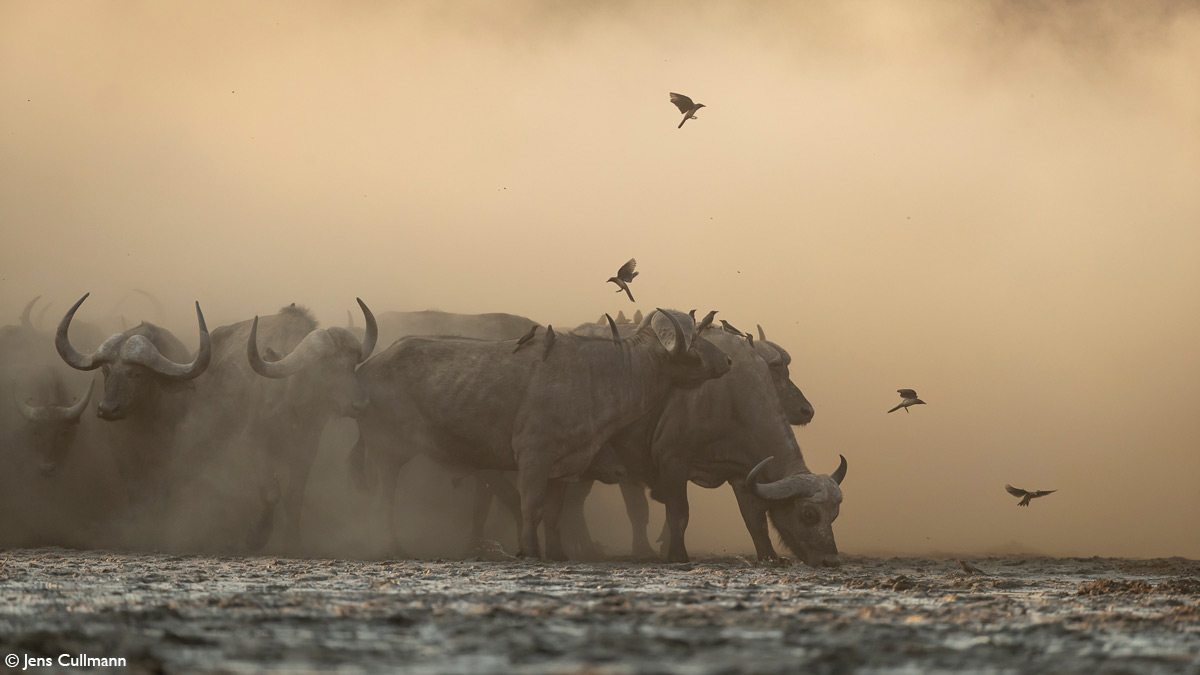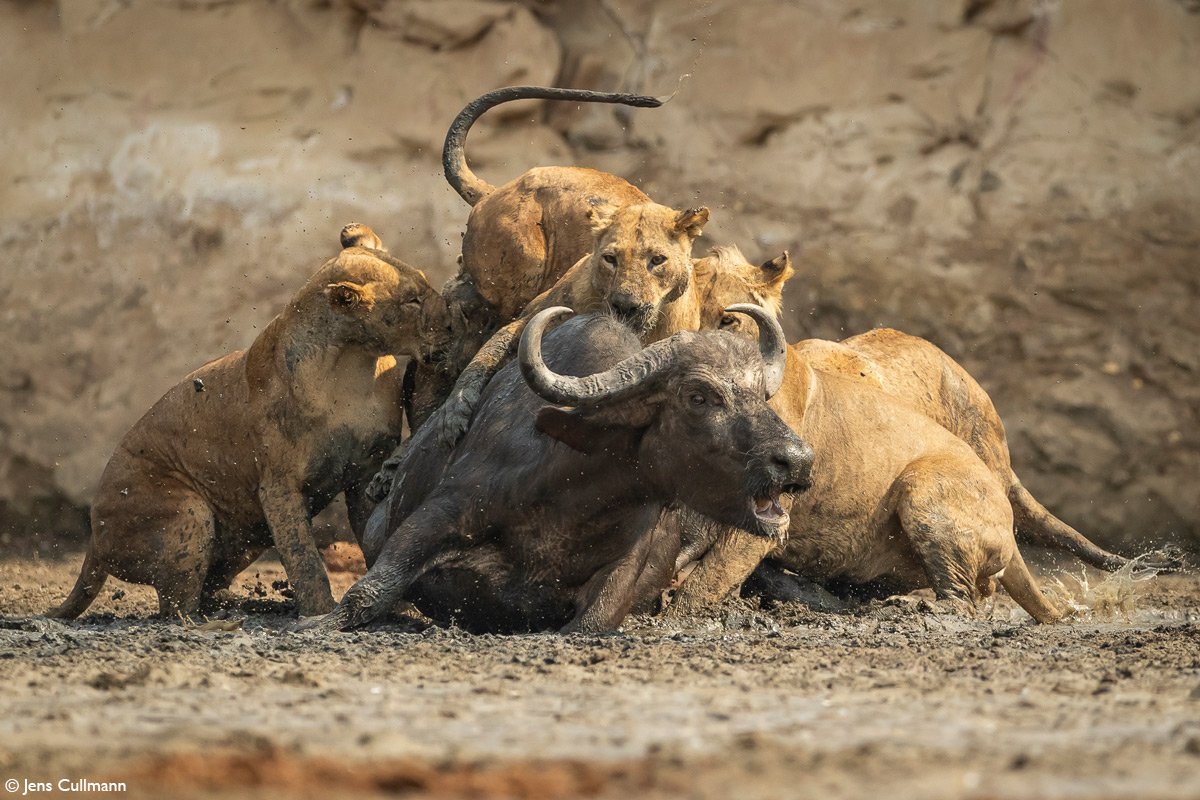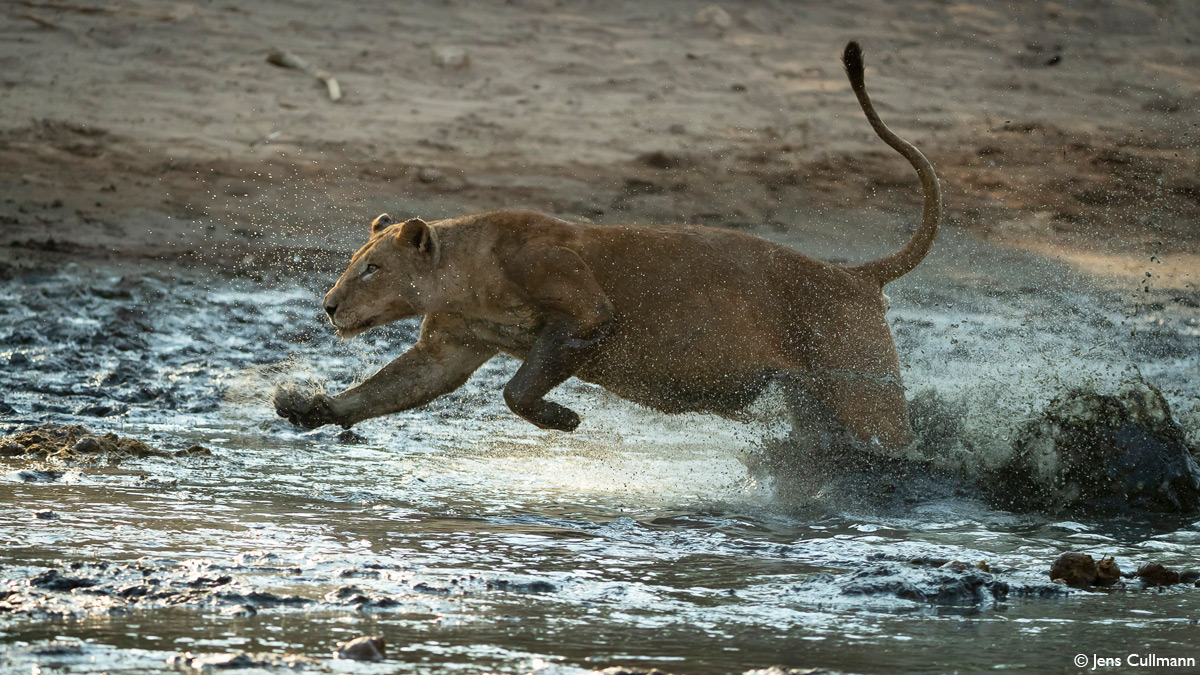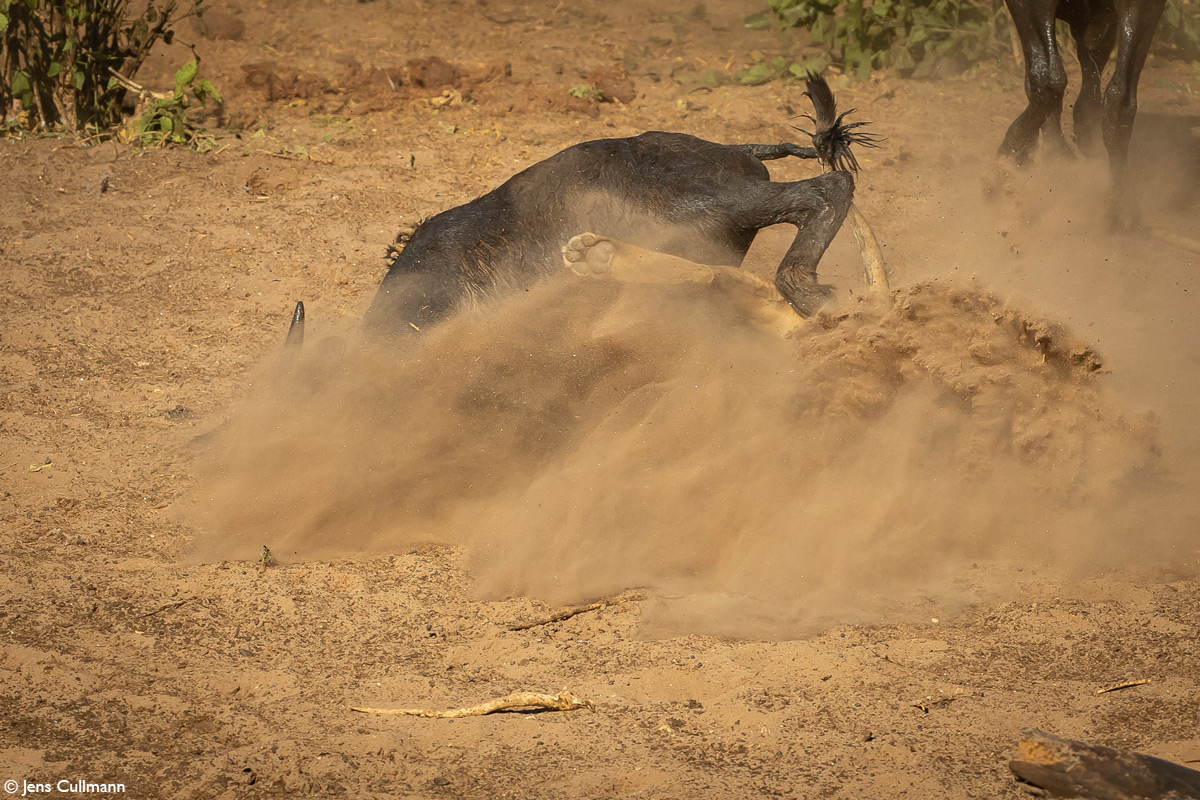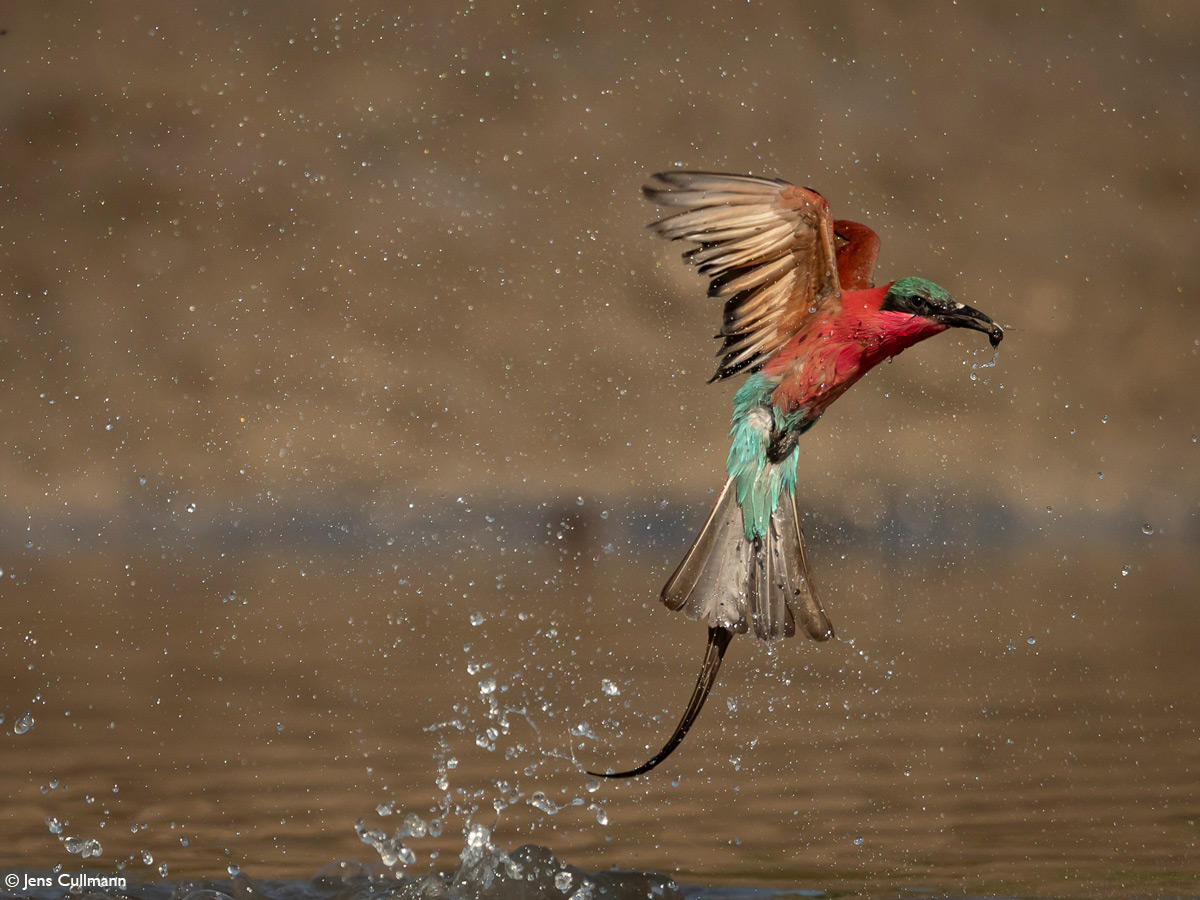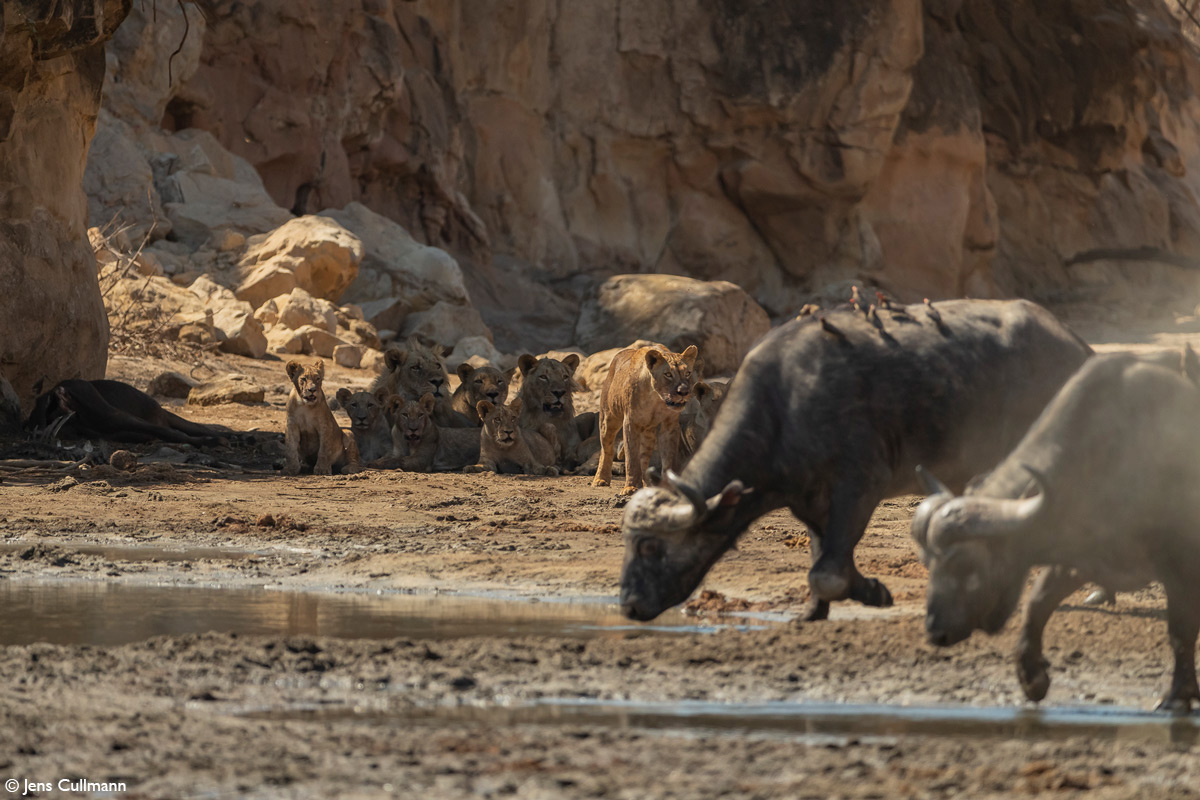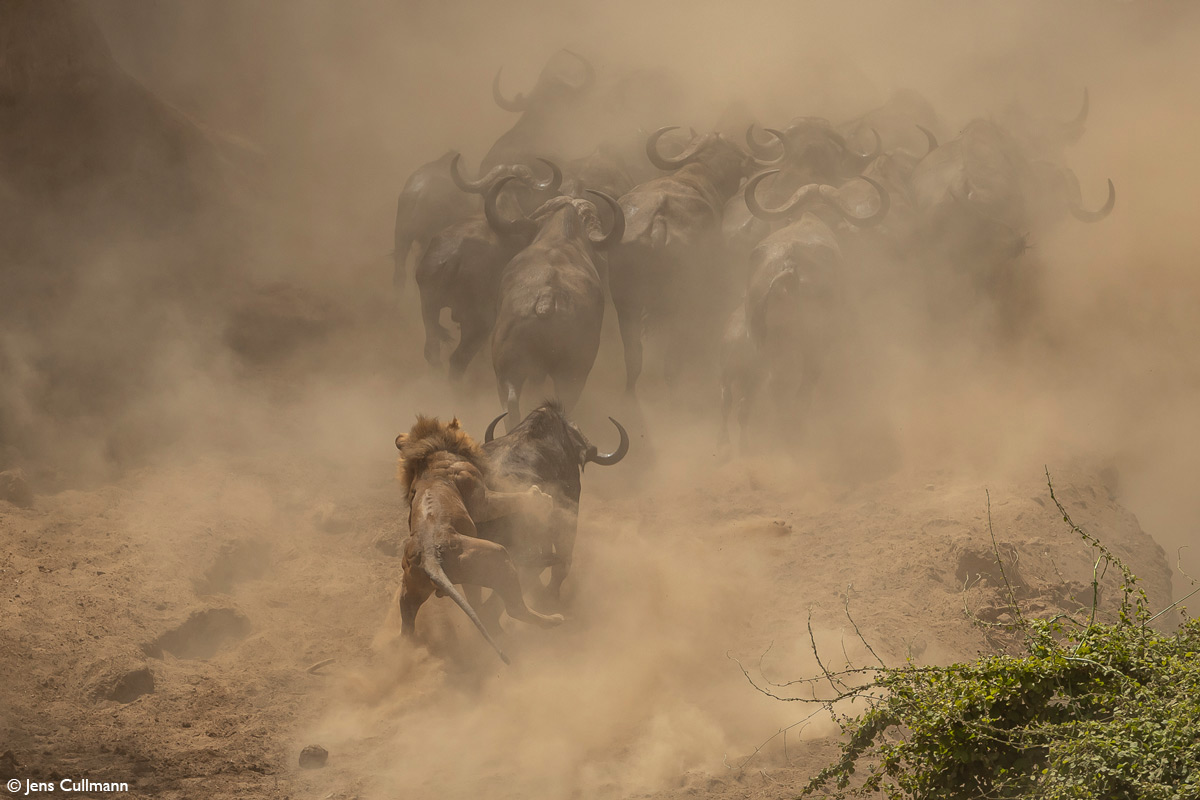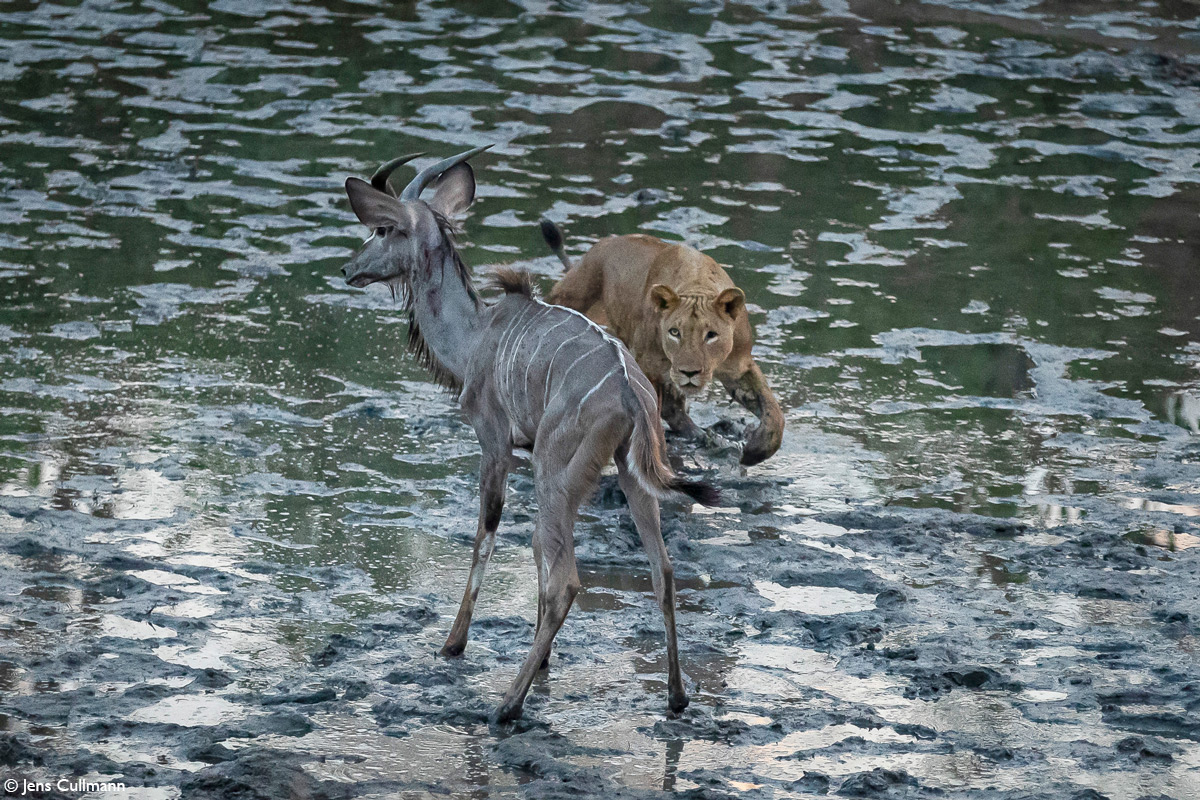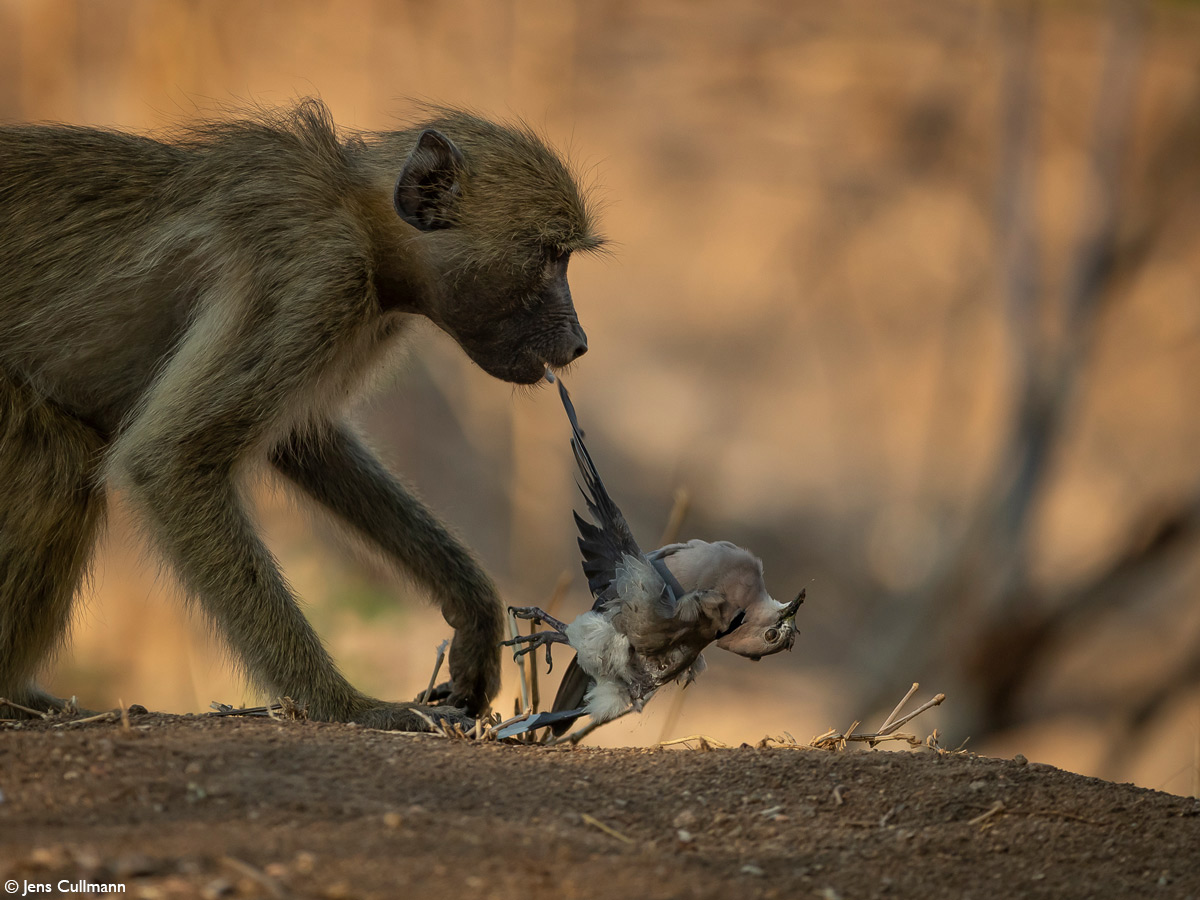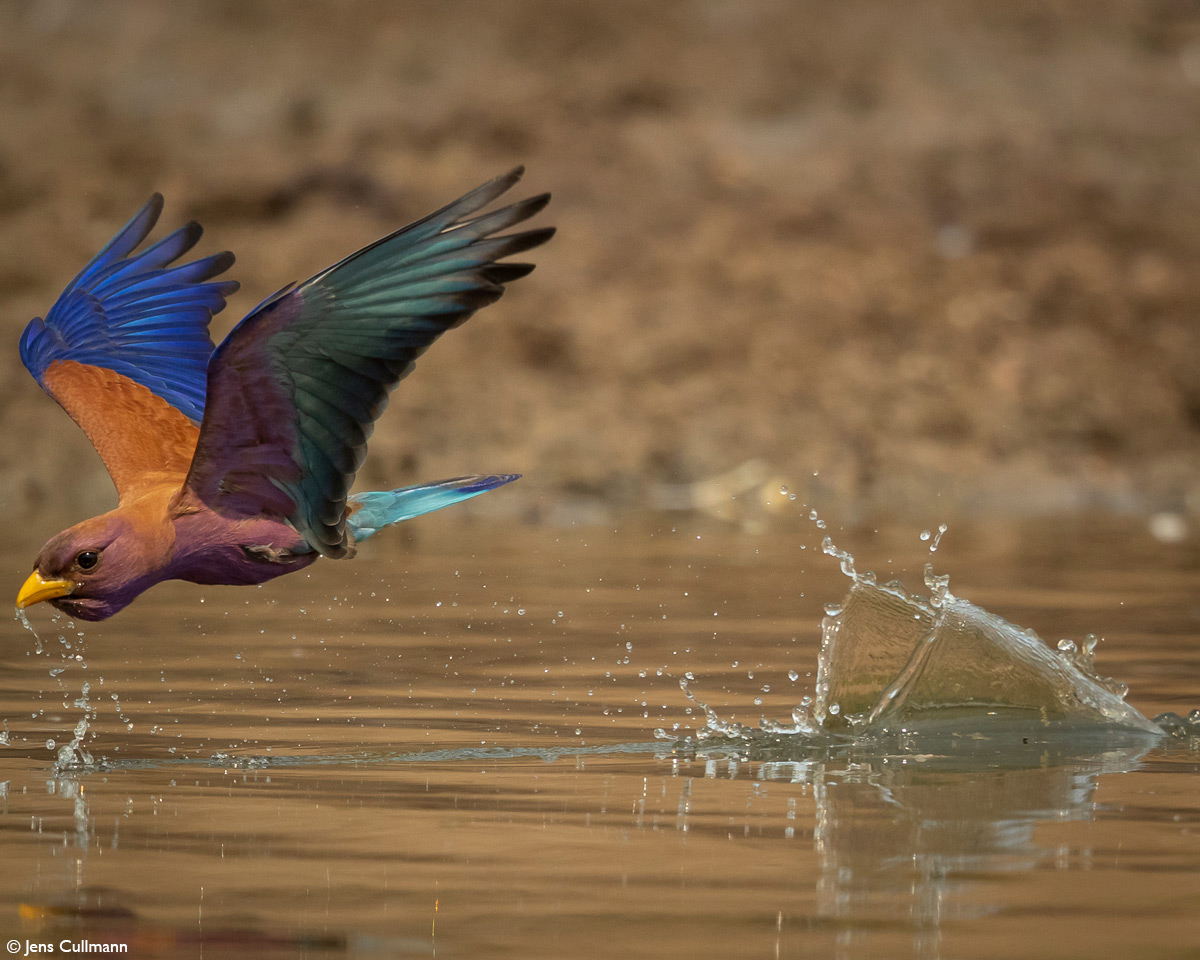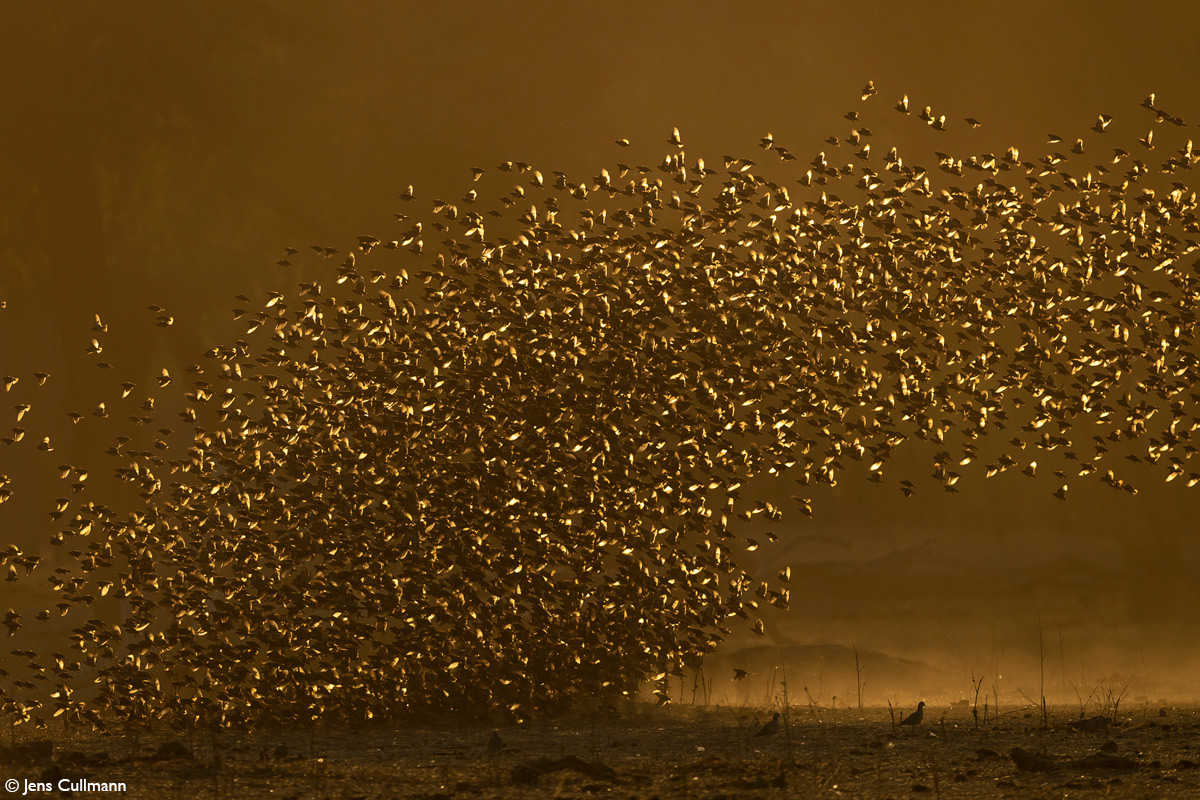
Heat, dust, mosquitos & tsetse flies
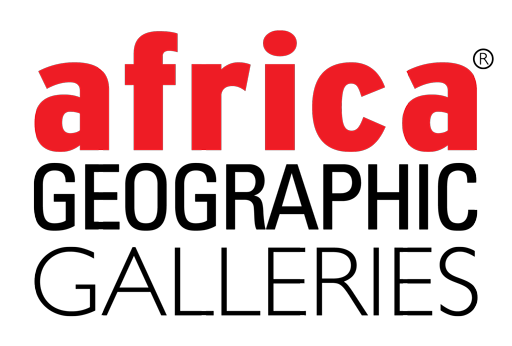
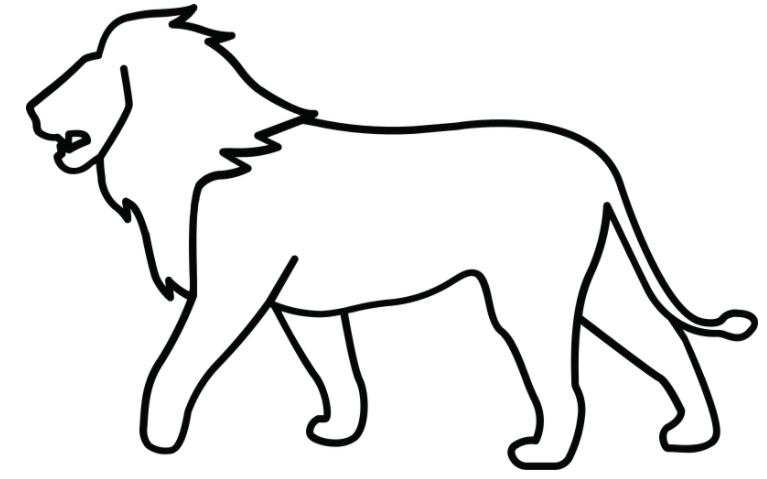
“It was so hot, often 34 degrees Celsius by 5 am and mid-forties by late morning, that I could not transfer my precious photos – for fear of frying the computer. My cameras were so hot that at times I could not hold them for long. The gritty dust got in everywhere – including inside camera bodies and lenses. And let’s not even talk about the insects biting me 24/7 – mosquitos at night and tsetse flies by day… This is paradise, and I will be back next year!”
Every year photographer Jens Cullmann (our 2020 Photographer of the Year) spends months camping in Zimbabwe’s Mana Pools during the peak of the dry season (September to October) – seeking out the famous resident painted wolves (wild dogs) – on foot, at a distance. He often waits for hours on end in the oppressive heat at favourite stake-outs and waits for the drama to unfold. At other times he walks for hours, revelling in the pure bliss of being self-sufficient in one of Africa’s iconic wildlife meccas.
His 2021 sojourn was different. “There were fewer dogs this year – but more hyenas (clans of up to 20) and lions. And I saw fewer big bull elephants this year. So I decided to move my base camp to Chitake Springs.”
Chitake Springs is a remote area in the southern reaches of Mana Pools National Park – on the Chitake River, a tributary of the Zambezi River. The campsite has no facilities and campers have to be self-sufficient and comfortable amongst wild animals. The spring is a perennial water source in a usually dry riverbed and provides the only water source for concentrations of wildlife. Large herds of buffalo, elephant and other herbivores converge on the water – especially during the late dry season – and predators line the steep river channel banks to ambush their desperate prey as they drink.
Jens continues: “At times, it was carnage as lions killed six buffalo calves per day. I have heard that they also target young elephants here, but this time it was all about the huge buffalo herds.”
His parting thoughts: “Chitake Springs at this time of year is very hard work for a photographer – physically very demanding and tough on your equipment. It gets hotter than it does along the Zambezi River because there is no cooling river breeze, and there is more dust. And the camping is far more basic and insular. I worked hard to produce the images below – and hope that AG’s passionate fans enjoy them.”
We share a few of Jens’ favourite images from this trip in this gallery. To stay in touch with Jens, please follow him on Instagram and Facebook, where he regularly shares his pictures and thoughts.
Scroll to the end of this gallery to book your place on a guided safari to this photographic haven, and view a dramatic video of lions killing a buffalo as witnessed by Jens.


BOOK NOW
BOOK YOUR PLACE IN OUR PHOTOGRAPHER-GUIDED SAFARI TO CHITAKE SPRINGS
To comment on this story: Login (or sign up) to our app here - it's a troll-free safe place 🙂.![]()

